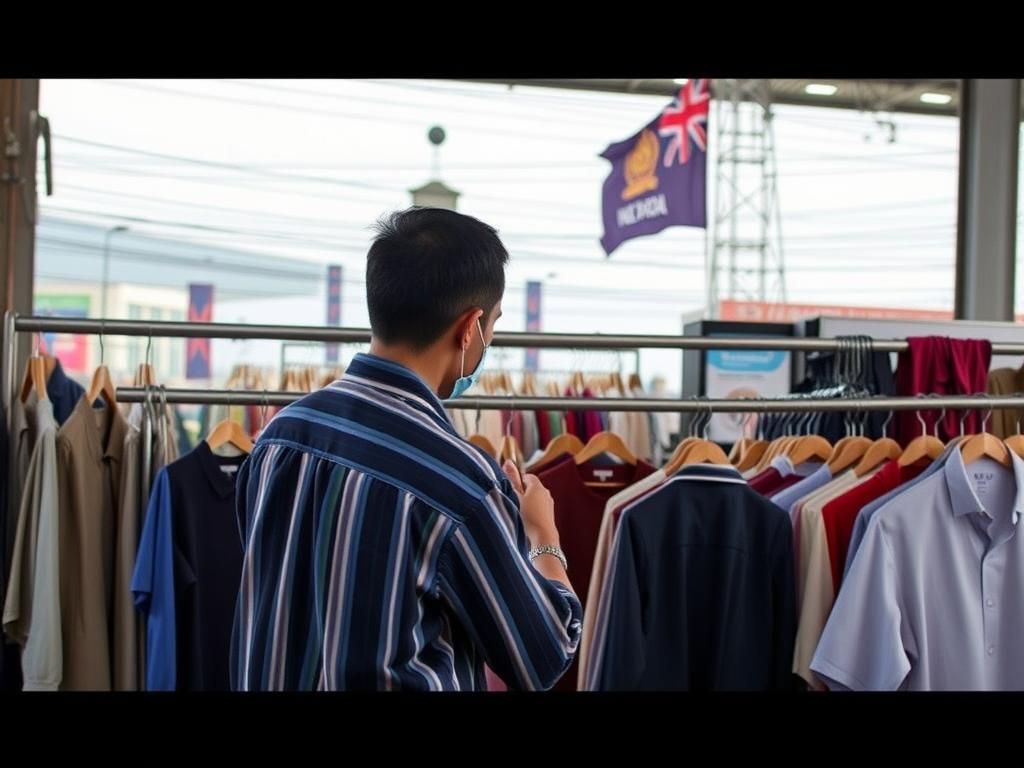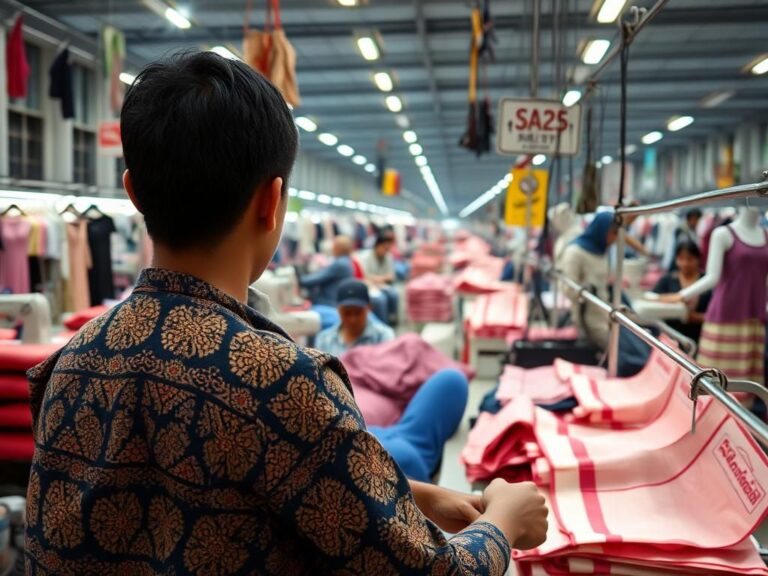Cambodia has averted a potential economic crisis after securing a significant reduction in tariffs on its garment and footwear exports. The initial proposal of a 49% tariff hike was dramatically lowered to 19%, providing a critical reprieve for the nation’s vital manufacturing sector.
The Cambodian government announced the tariff adjustment, stemming from ongoing trade negotiations, which initially aimed to significantly increase duties on imported goods. This sparked widespread concern throughout the country, particularly within the garment industry, which accounts for a substantial portion of Cambodia’s export revenue. The initial 49% tariff increase was considered an unprecedented threat to thousands of jobs and the overall economic stability of Cambodia.
The garment and footwear sectors are major employers, and the proposed tariffs threatened to significantly impact production and export capabilities. Factories throughout Phnom Penh, and other industrial hubs, rely heavily on international trade. The initial policy’s potential consequences included factory closures, mass layoffs, and a cascading economic effect across related industries. This created a wave of fear and anxiety among workers, manufacturers, and the broader financial markets.
The reduction to 19% provides a more manageable framework. While the implications are still unfolding, it represents a crucial shift in the trajectory of Cambodia’s economic outlook. Further details regarding the specific terms and conditions of the revised tariffs are expected to be released in the coming days. The ongoing negotiations highlight the precarious balance between international trade agreements and national economic interests.
This pivotal adjustment offers Cambodia a critical opportunity to stabilize its economy and protect its workforce. Will these revised tariffs prove sufficient to insulate the nation from future economic pressures, or are further challenges on the horizon?




